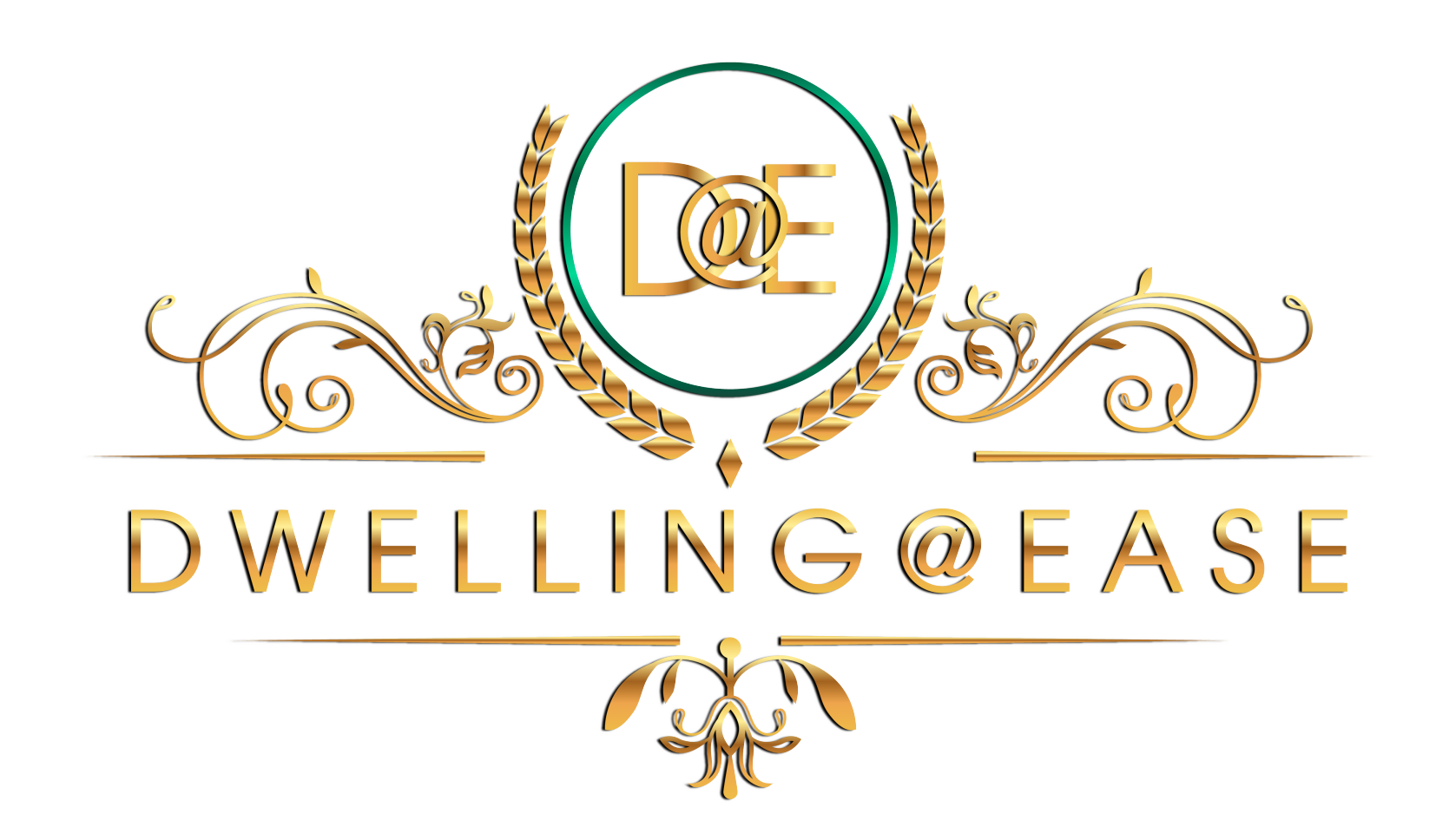Do you ever find yourself merely going through the motions at work, barely noticing the days slipping by? If so, you hit professional stagnation in your current job, a shared experience among managers and executives prioritising success and fulfilment. Let’s delve deeper into signs indicating you might be ready for something bigger and better.
Recognising Signs of Career Stagnation
Early in my career at an Executive Search firm, I reached a point where I craved more responsibility and a broader scope in my role. Growth meant leading more assignments and bringing in more business. I tried to conform until I realised the need to develop in other directions. Let’s discuss some telltale signs signalling it’s time for a change:
- Lack of Challenge: If your biggest challenge lately is fighting off yawns during meetings, it’s a red flag. Feeling unchallenged suggests that you’ve plateaued in your current role. This lack of stimulation can lead to disengagement and a decline in productivity.
- Flatlined Learning Curve: Continuous learning isn’t just a buzzword; it’s a necessity. You’re left behind in an ever-evolving professional landscape if you no longer acquire new skills or knowledge. A stagnant learning curve can hinder your professional growth and career prospects.
- Hostile Atmosphere: If negativity, frustration, or complacency are now the norm in your workplace, something needs to change. These feelings can hinder your growth and impact your overall performance. A toxic work environment can drain your energy and motivation, making it challenging to excel in your role.

- Divergent Interests: If your professional interests lie outside your job responsibilities, it suggests that you’ve outgrown your current role and are ready for a new challenge elsewhere. Pursuing your passions outside of work can lead to feelings of dissatisfaction and disengagement in your current role.
Do you recognise any of these?
Common Pitfalls of Career Stagnation
Here’s what to avoid if you suspect you’ve outgrown your position:
- Stagnation: Comfort zones are cosy, but nothing grows there. You risk falling behind while your peers advance if you’re not actively pushing yourself to learn and grow. Embracing new challenges and seeking growth opportunities can help you avoid stagnation and propel your career forward.
- Ignoring Signs: Brushing off feelings of discontent can lead to disengagement, energy drain, impact on personal life, and diminished performance. Acknowledging and addressing these signs early on can prevent further stagnation. Ignoring warning signs can prolong your stagnation and make breaking out of your rut harder.

- Falling Behind: Updating your skills or network can prepare you for better opportunities. The right opportunities aren’t just about timing but about being in the right mindset and having the skills to seize them. Investing in your professional development and staying connected with industry trends can help you stay relevant and competitive in the job market.
- Impulsive Moves: With a strategic plan, you can avoid making impulsive decisions that may align with your long-term goals. Taking a job solely to alleviate feelings of stagnation can lead to dissatisfaction in the long run. It’s essential to take the time to assess your options and make informed decisions that align with your career aspirations.
Crafting Your Exit Strategy Checklist
What do you do when you’ve outgrown your job and a promotion isn’t on the horizon? You need an exit strategy. Here’s how to pivot strategically out of your current role:
- Self-reflection: Take stock of what you truly want and need in your next role. What does success look like to you now? Reflect on your strengths, weaknesses, values, and aspirations to identify the best path forward. Consider seeking feedback from mentors or trusted colleagues to gain insights into your career direction.
- Market evaluation: Research and assess the job market to identify opportunities that align with your career goals. Explore different industries, companies, and roles to determine where your skills and expertise are most valued. Networking with professionals in your desired field can provide valuable insights and connections to potential job opportunities.
- Planning: Develop a strategic plan outlining the steps to transition into a new role or industry. This may include updating your resume, expanding your professional network, acquiring new skills, or pursuing further education. Set specific goals and timelines to keep yourself accountable and track your progress towards your career objectives.

Ready to Plan Your Next Job Move?
If any of this resonates with you, it’s time to plan your next move. Don’t let uncertainty hold you back from pursuing a role that challenges, excites, and fulfils you. Consider our Young Entrepreneurship Program (YEP): If you’re aged 18-30 and residing in London, YEP is a fantastic opportunity to learn from experts how to increase your return on investment and also gain valuable skills you need to succeed as an entrepreneur. This free program, starting in July, would run for six weeks. If you need a proven process for your next career move or want to learn more about the YEP program, we are here to help. Schedule a Discovery Call to discuss how you can build a career that meets and exceeds your expectations.
To your career success!

